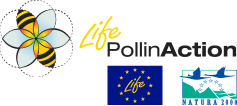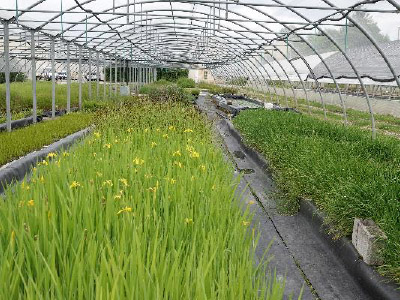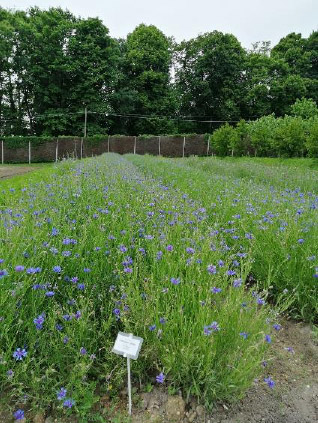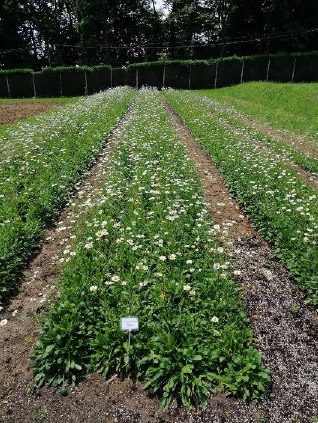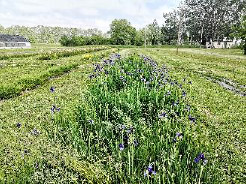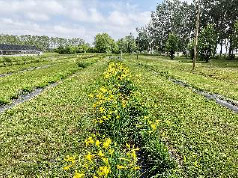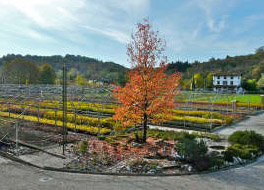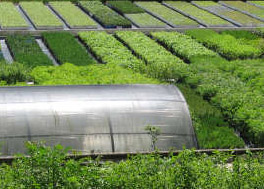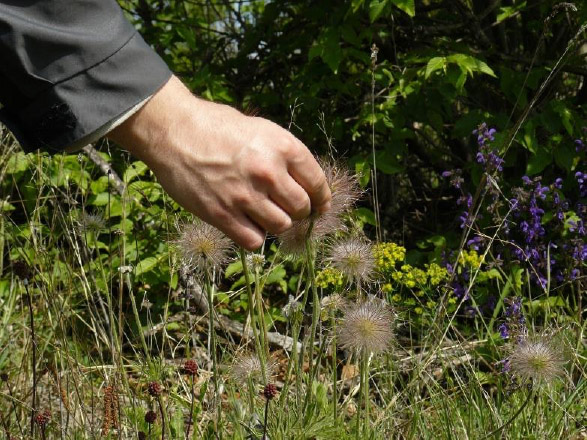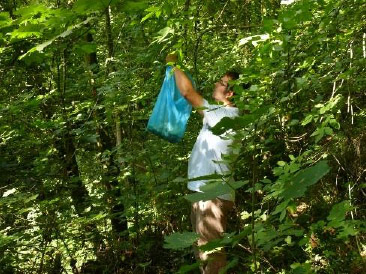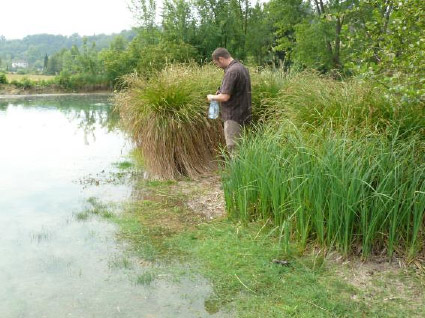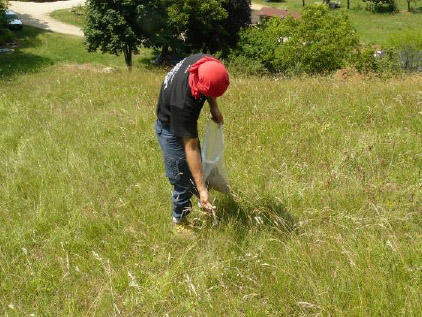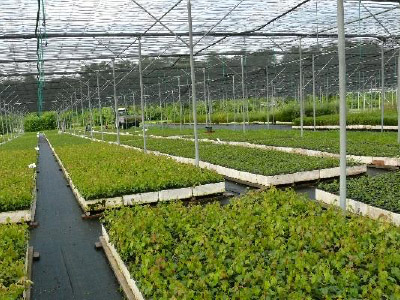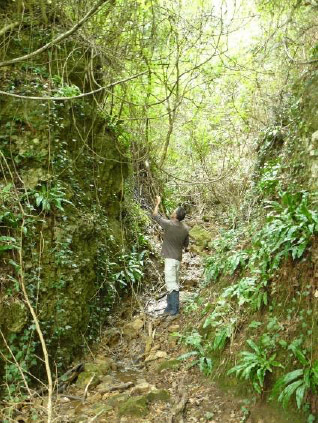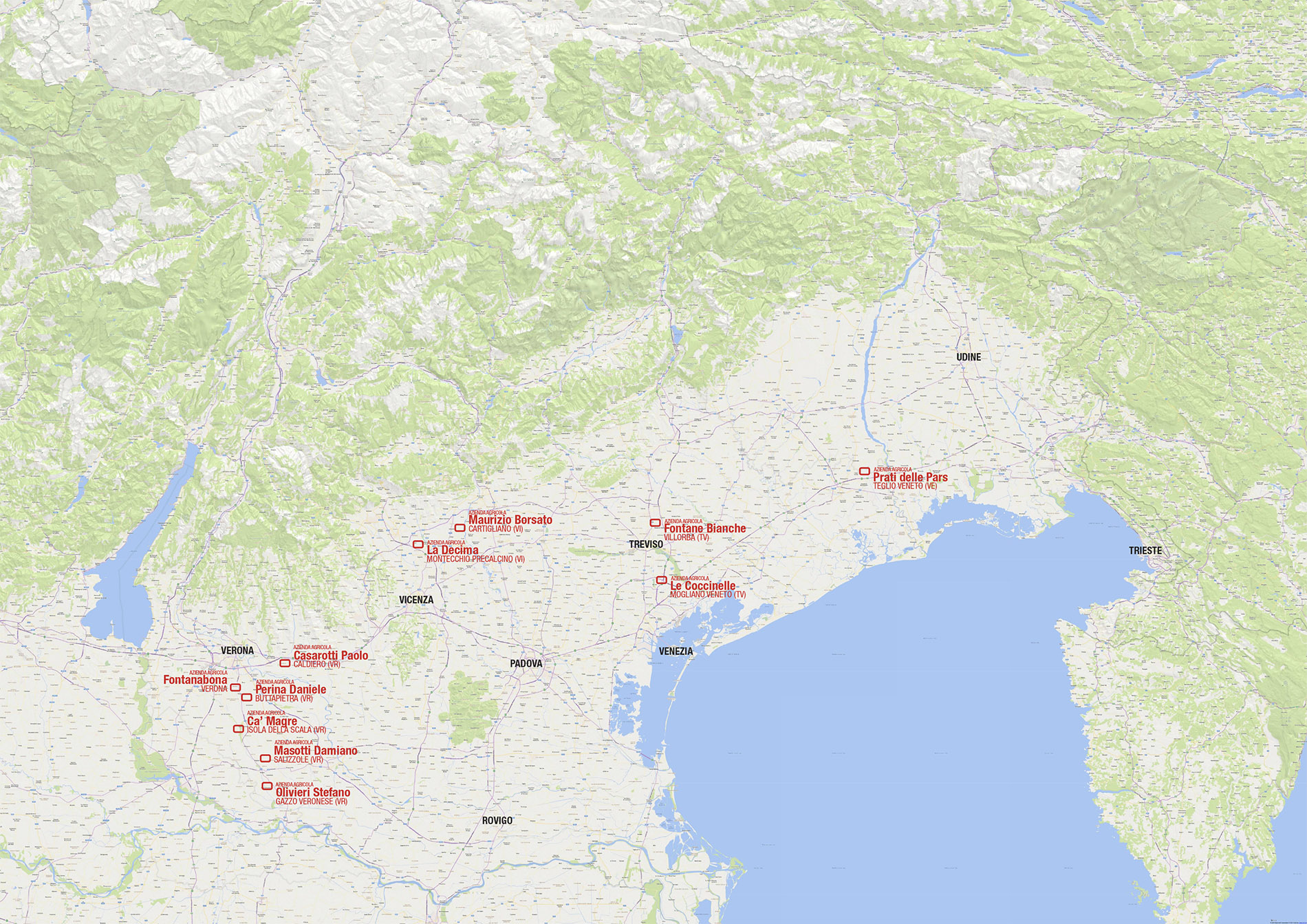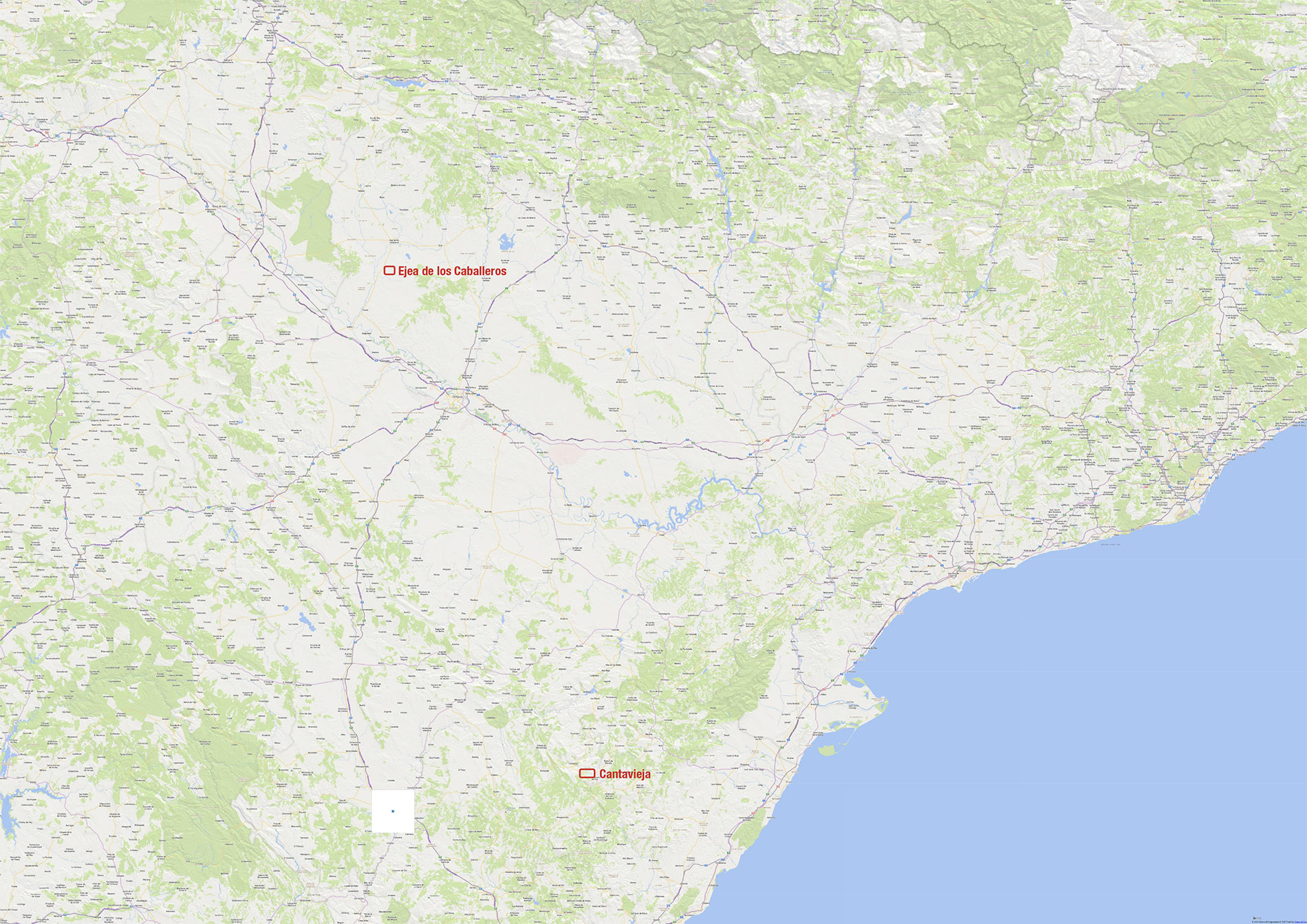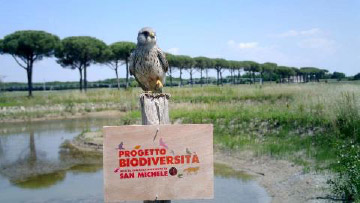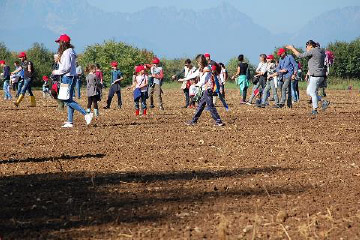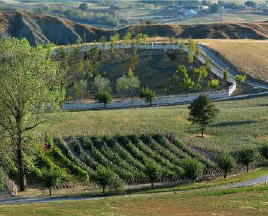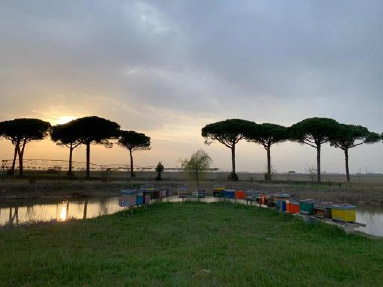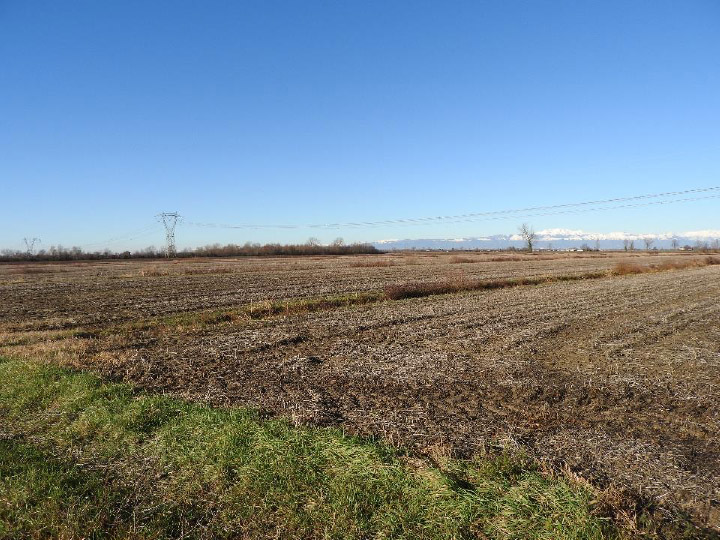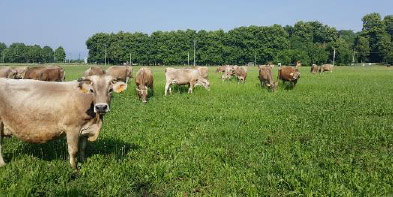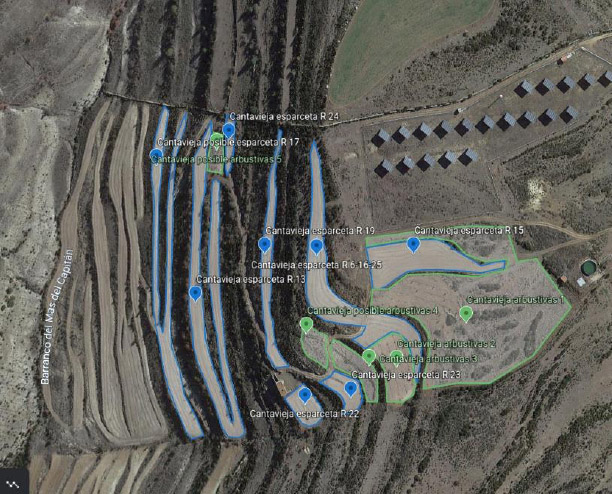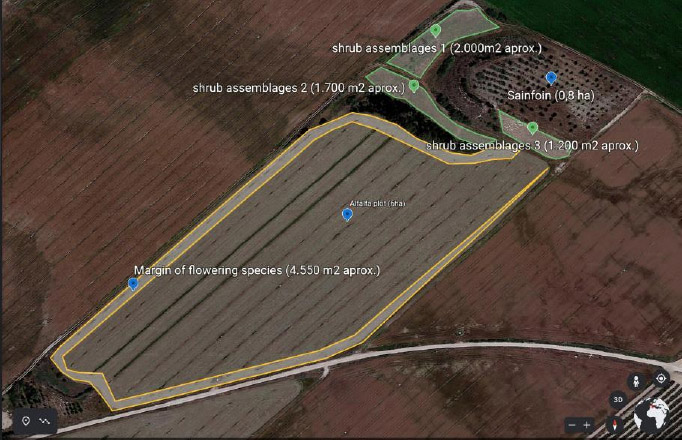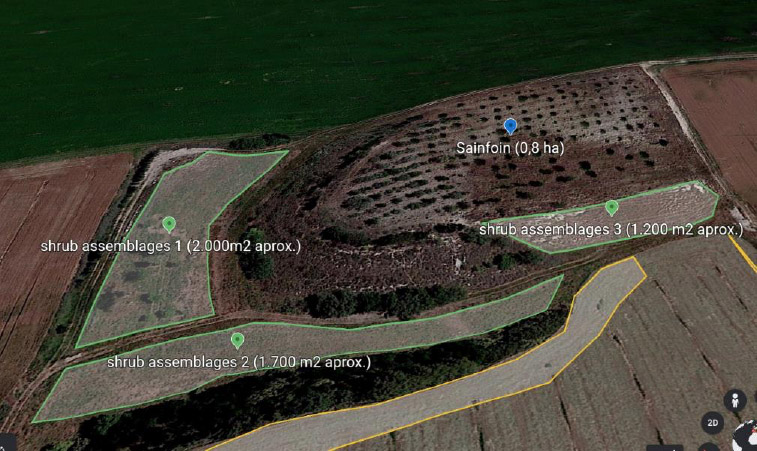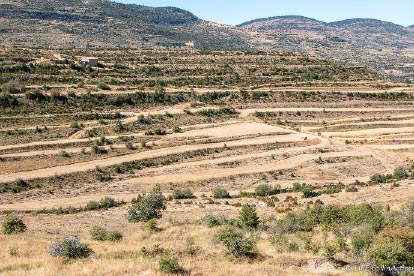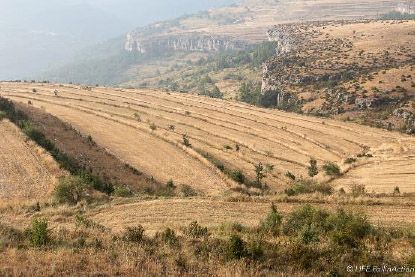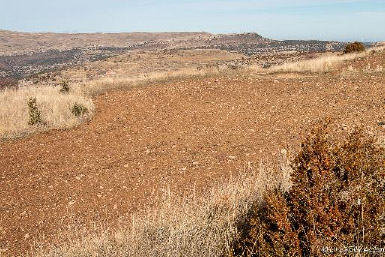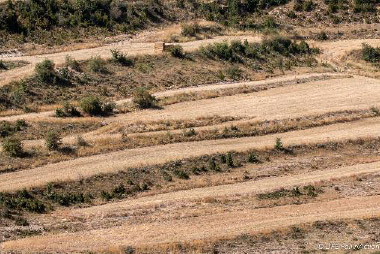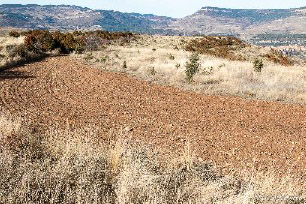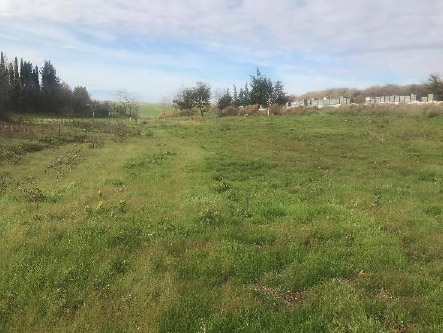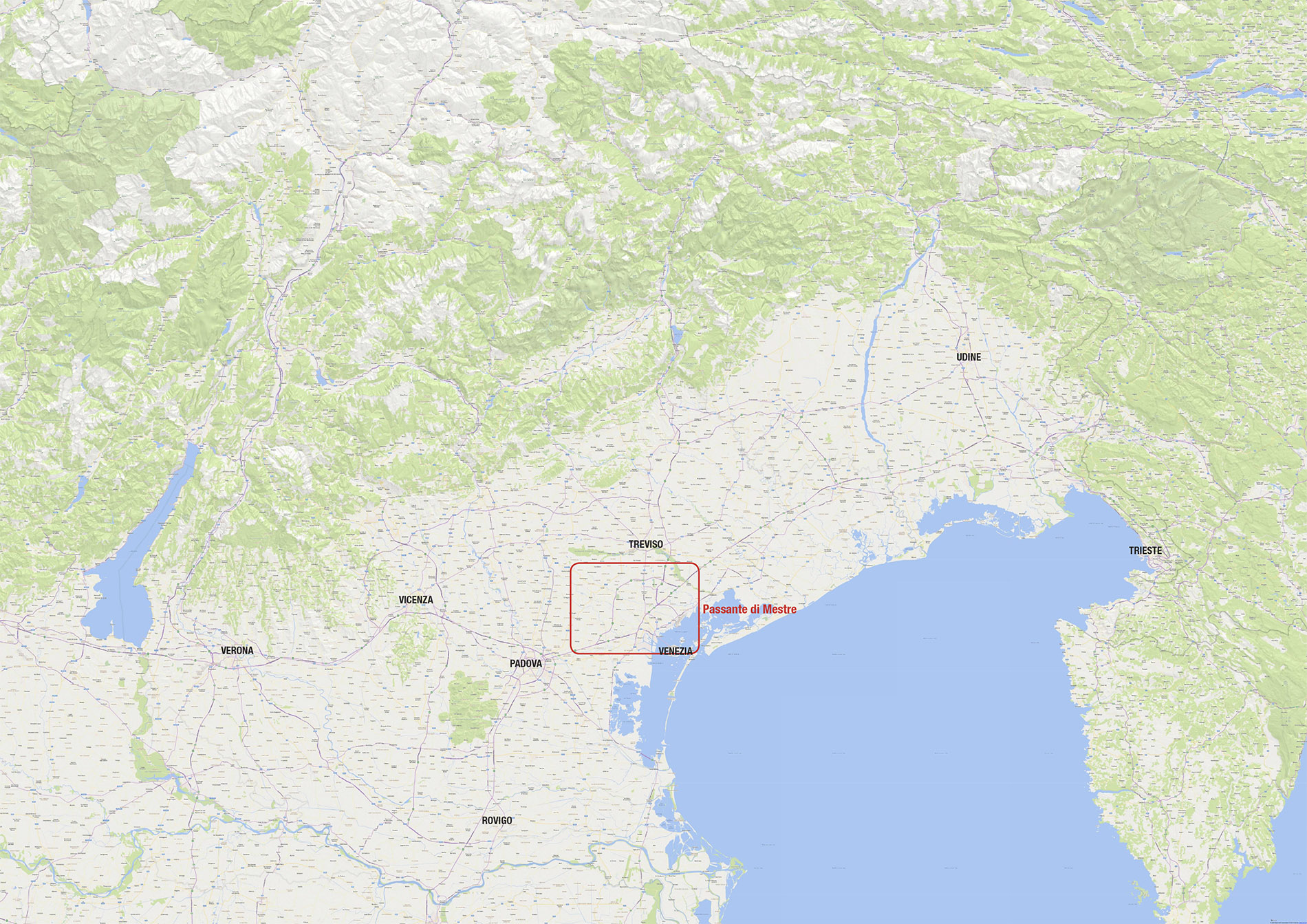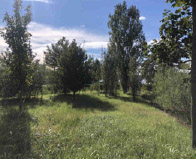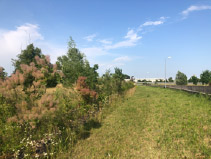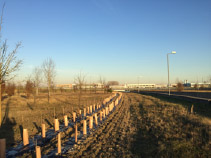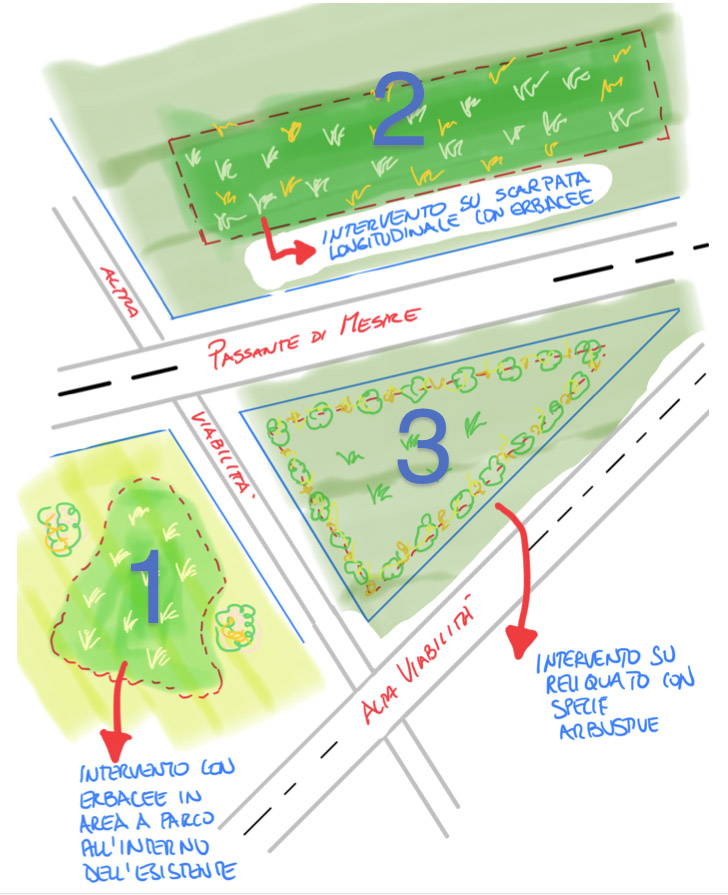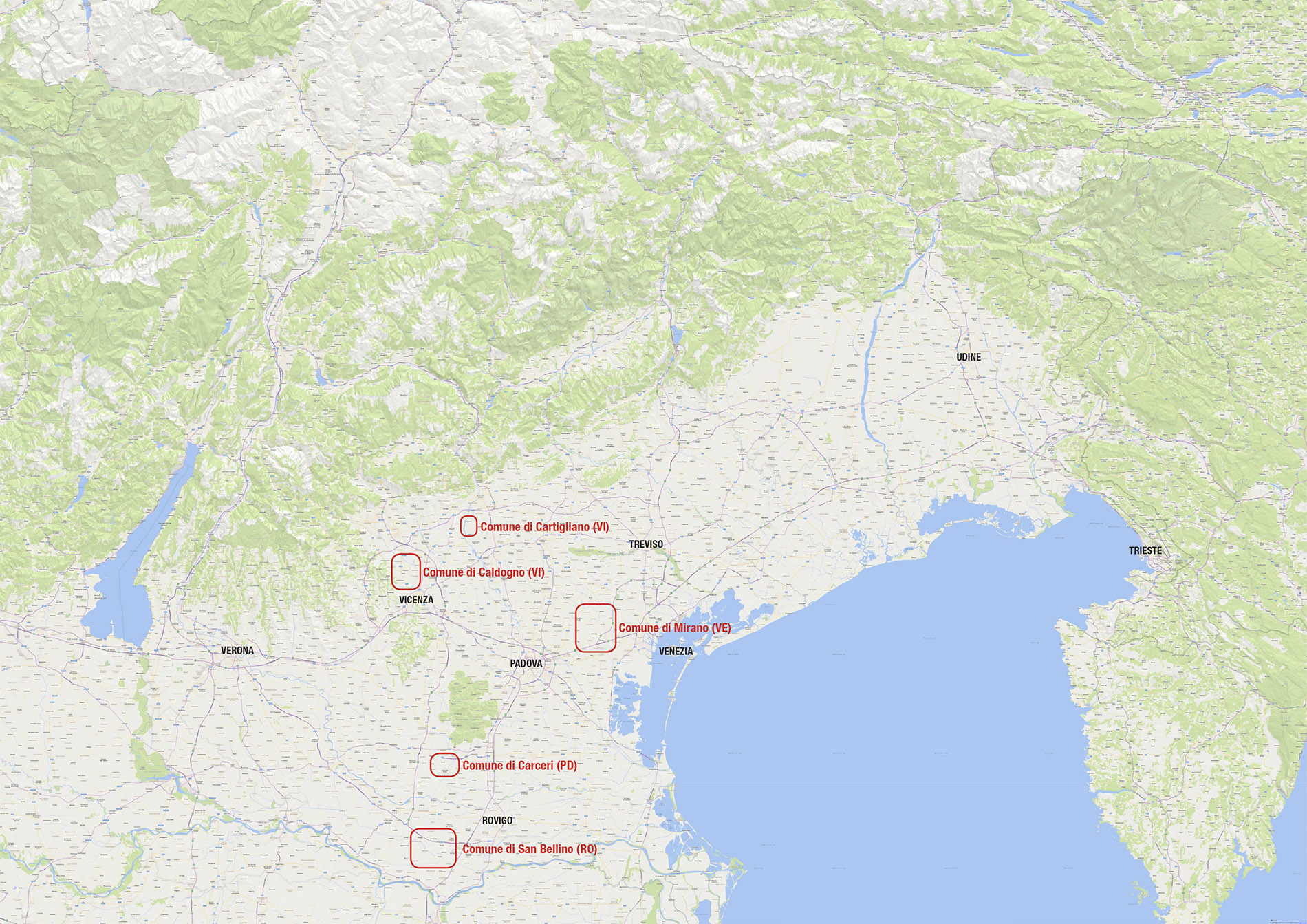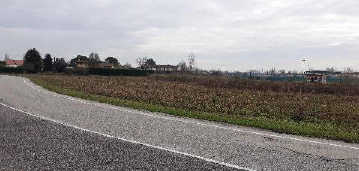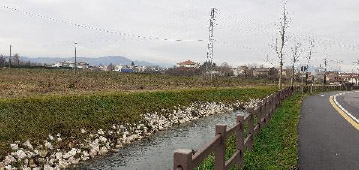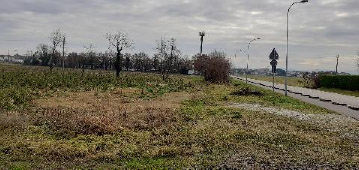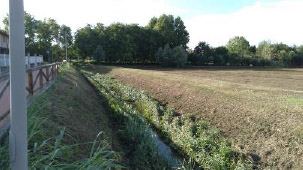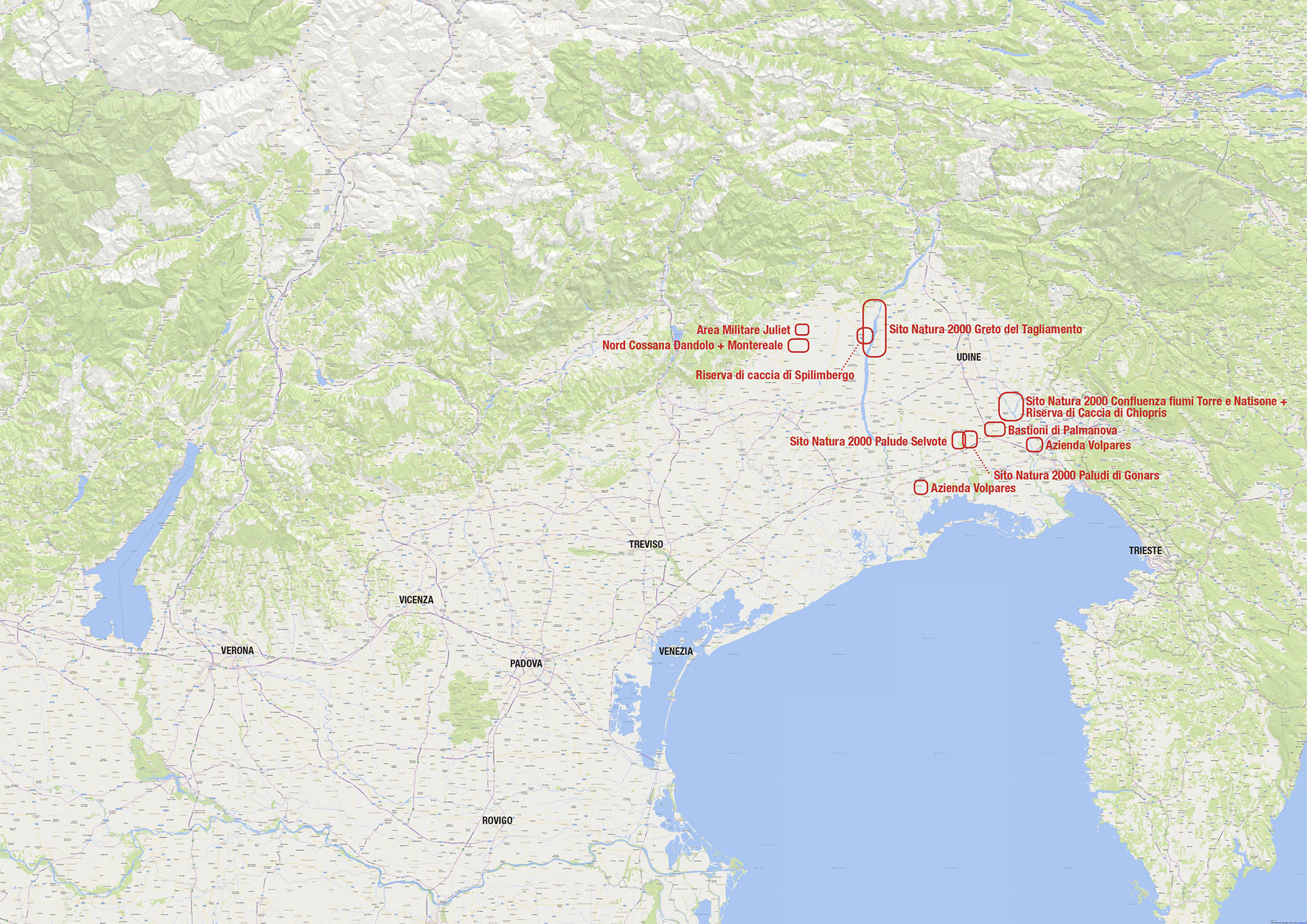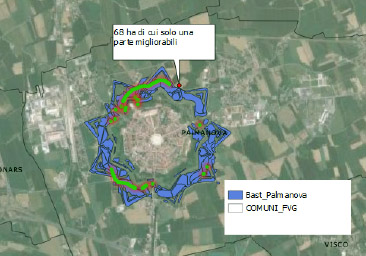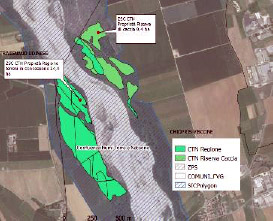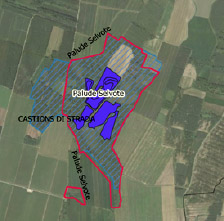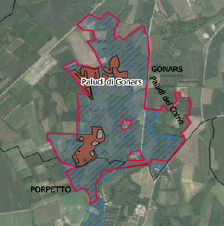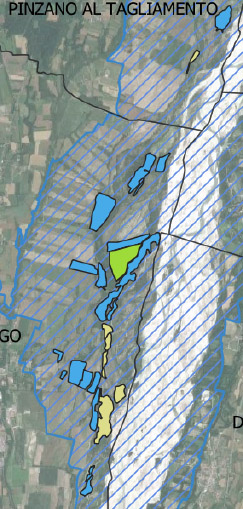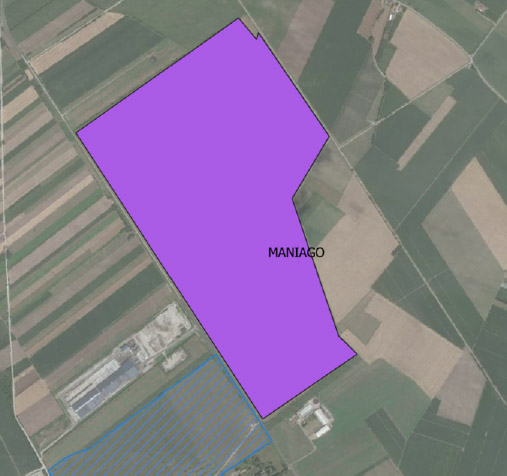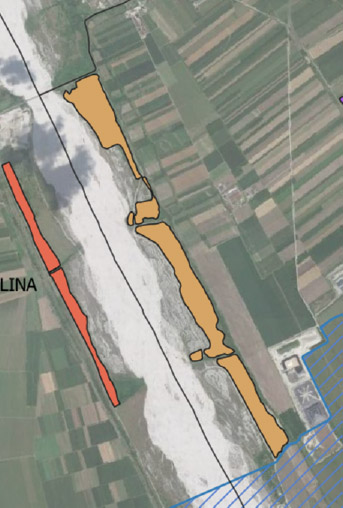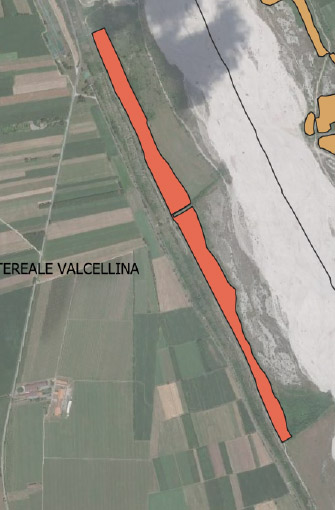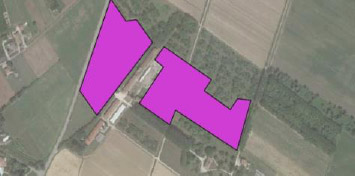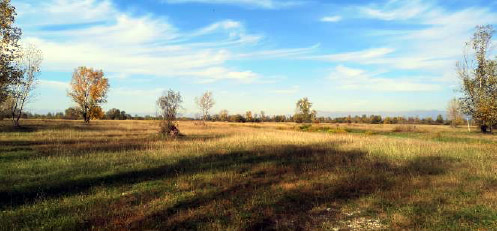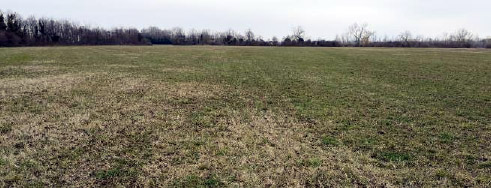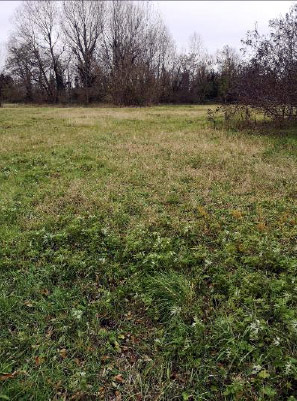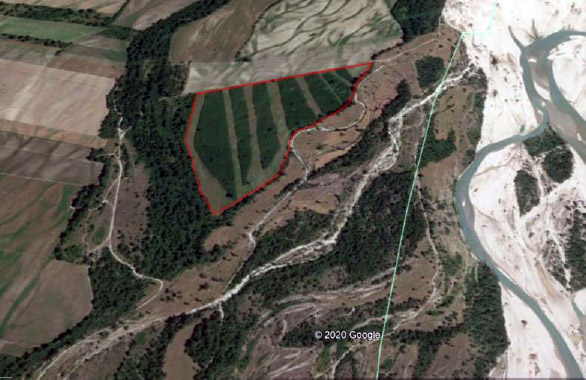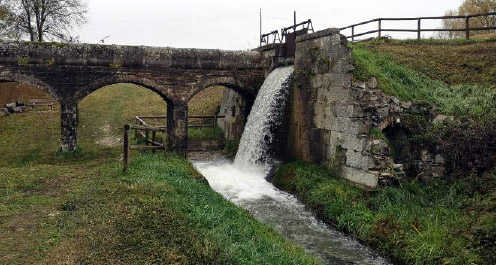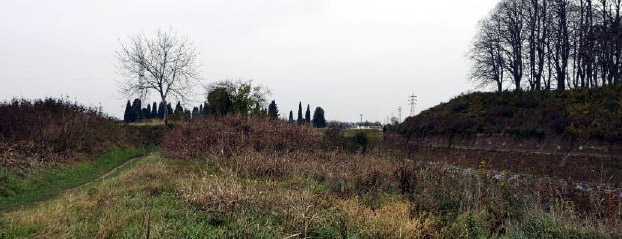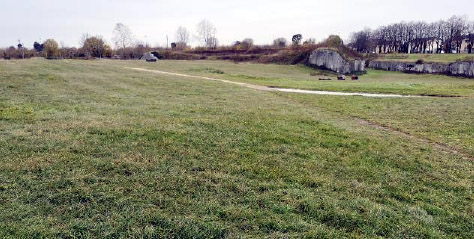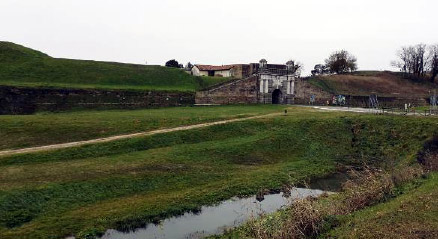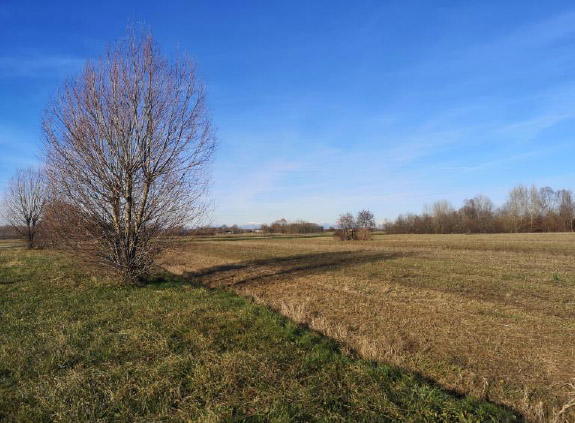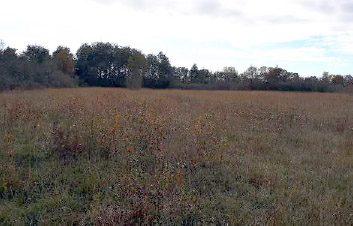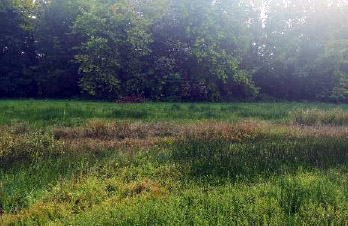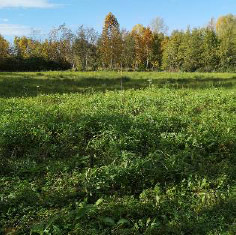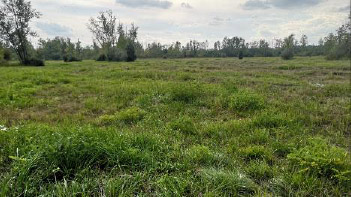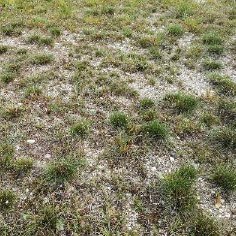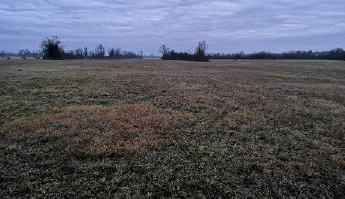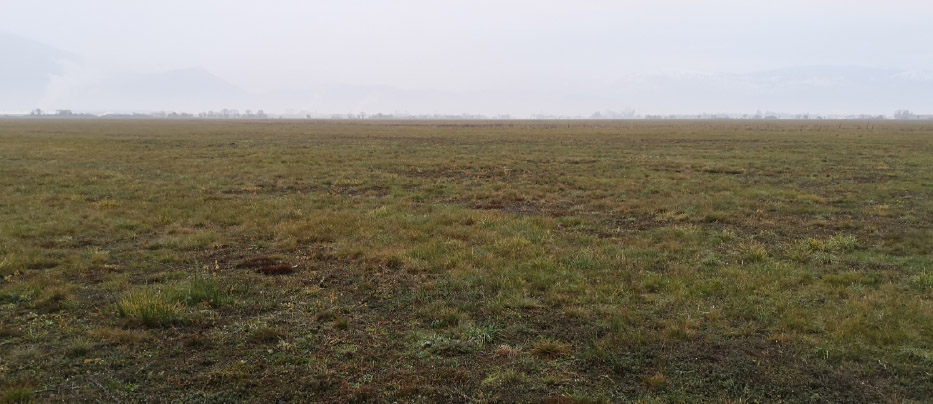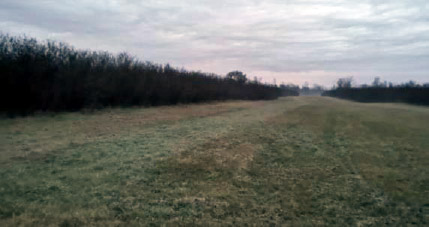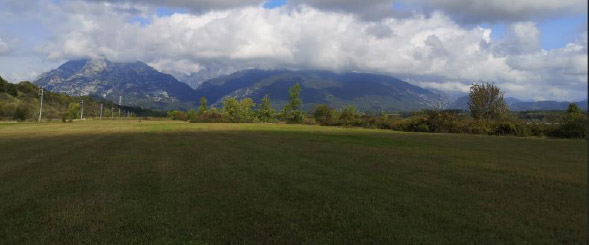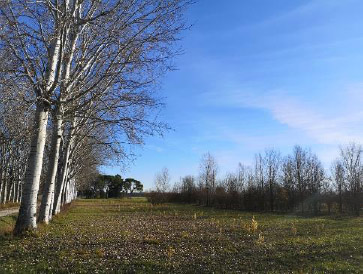Life PollinAction
ACTIONS FOR THE CREATION AND/OR RESTORATION OF HABITATS FOR POLLINATING INSECTS
C.1
Native plant seedling/seed production
What will LIFE PollinAction do: nursery production of seedlings and seeds to be used in concrete Actions C. Seeds are collected from wild populations to ensure maximum genetic diversity and guarantee autochthonous certified germplasm in accordance with the overall aims of biodiversity conservation. The pool of species to be produced has been defined considering local ecological characteristics, landscape configuration and composition, landowner needs, etc. To facilitate the colonization by more specialized and less mobile pollinators we will use generalist plant species able to attract a vast range of pollinators. However, these are supplemented by specialised plant species to limit competitive relationships between pollinators and create more robust pollination networks. All necessary data are produced by monitoring (Action D2).
Where: In the Veneto Region, the nursery activity is carried out by the Centre for Plant Biodiversity of Veneto Agricoltura, while in Friuli-Venezia Giulia the same activity is carried out by the regional nurseries of Palazzolo dello Stella, Maniago and Tarcento; in Spain, seeds and plants are provided by the local Forest Nursery, owned by the Aragon government.
Who is responsible for the action: Veneto Agricoltura
Which partners will collaborate: Regione Friuli-Venezia Giulia
Expected results: total production of 385,000 seedlings of herbaceous and shrub species, and 150 kg of seeds to be allocated to the implementation of actions C2, C3, C4, and C5.
When: April 2021- March 2024
Documents available for download: –
What will LIFE PollinAction do:
implementation of a Green Infrastructure through the creation and/or improvement of habitats for pollinators in agriculture and/or in marginal areas of the rural landscape within a network of mainly organic farms. Three different types of crops will be involved: orchards, vegetable and cereal crops, hay meadows. The action envisages:
- conversion of arable land into species-rich grasslands;
- enrichment of existing, eutrophic and species-poor grasslands with native species with a rich and prolonged flowering;
- planting of hedges and native shrub assemblages attractive to pollinators;
- creation of field margins/flower strips of flowering species.
Habitat creation and/or restoration will involve three main methods:
- native plant seedling planting (mostly for the improvement of extant grasslands, and the creation of hedgerows and species-rich shrub assemblages);
- ‘green hay’ collected from species-rich grasslands (for the conversion of arable crops and marginal areas into semi-natural grasslands and for the improvement of extant grasslands);
- seed mixtures (for the conversion of arable crops and marginal areas into semi-natural grasslands, improvement of species-poor grasslands, creation of flower strips).
Where: Farms: Ca’ Magre (Isola della Scala – VR), Le Coccinelle (Mogliano Veneto – TV); Casarotti Paolo (Caldiero – VR); Fontanabona (Verona), Fontane Bianche (Villorba – TV), La Decima (Montecchio Precalcino – VI), Olivieri Stefano (Gazzo Veronese – VR), Maurizio Borsato (Cartigliano – VI), Baretta (Codevigo, PD), San Michele (Jesolo, VE), Campo Calandro (San Giorgio in Bosco, PD), Orna (Vicenza), Association “Associazione tegliese per i Prati delle Pars” (Teglio Veneto – VE), Cantavieja (Zaragoza – Spagna), Ejea de los Caballeros (Teruel – Spagna)
Who is responsible for the action: EcorNaturaSì
Which partners will collaborate: CITA, SELC, UNIVE, VA
Expected results: increasing the heterogeneity of agricultural landscapes and biodiversity of wild plants and pollinating insects in rural areas. Being the majority of intervention sites close to ecological corridors and Natura 2000 sites, both generalists, like bumblebees and honeybees that can reach areas kilometers far away from their nesting sites, and less mobile pollinators will increase.
The action has a high relevance for its replication potential. By demonstrating how the introduction of semi-natural habitats in rural environment can be profitable for farmers in terms of pollination and other ecosystem services, it will be crucial for the replication of interventions in similar geographic and socio-economic contexts.
When: July 2021 – December 2024
Documents available for download: –
ACTIONS C2 – ITALY:
ACTIONS C2 – SPAIN:
What will LIFE PollinAction do:
Creation of stepping stones or stepping stone corridors along the motorway bypass “Passante di Mestre” in the northeast part of Italy (between the provinces of Venice and Treviso), to increase landscape heterogeneity and reduce the effect of fragmentation, and aid movement of individuals by serving as islands of favourable habitat. Interventions will involve:
- the enrichment of grassland areas located along the motorway, which are currently urban parks subjected to intensive management;
- the creation of flower strips on the embankments along the motorway;
The Action also envisages testing of alternative management methods for large road infrastructures. Habitat restoration involve native plant seedlings planting.
Where: Motorway bypass Passante di Mestre
Who is responsible for the action: Concessioni Autostradali Venete S.p.A.
Which partners will collaborate: SELC, UNIVE, VA
Expected results: The “stepping-stone” approach will enable to realize a first “ecological corridor” which will help re-connecting areas of habitats, thus allowing species to move between them thereby reducing populations isolation and inbreeding, comprehensively supporting genetic diversity. This approach and the testing of more sustainable management methods for large road infrastructures may represent a best practice to be replicated by other regional-scale road infrastructure public managers.
When: July 2021 – December 2024
Documents available for download: –
What will LIFE PollinAction do:
Will increase the heterogeneity of the urban landscape through the creation and/or restoration of semi-natural habitats in small public and private areas. Overall, urban sites do not have large surface areas and interventions will focus on:
- the enrichment of species-poor grasslands with herbaceous plants with rich and long-lasting blooms;
- the creation of flower strips at the roadsides;
- the planting of hedges and species rich shrub assemblages with native species.
Habitat creation and/or improvement will involve three methods:
- native plant seedling planting to improve extant grasslands, and to create of hedgerows and species-rich shrub assemblages;
- hay or ‘green hay’ to improve extant meadows in the case of larger surfaces;
- seed mixtures mostly used to create flower strips.
Where: Caldogno municipality (VI), Cartigliano municipality (VI), Carceri municipality (PD), Mirano municipality (VE), San Bellino municipality (RO)
Who is responsible for the action: Caldogno municipality
Which partners will collaborate: SELC, UNIVE, VA
Expected results: increase in the heterogeneity of the urban landscape and reduction of the isolation of the strips of natural environments still existing in urban areas. The action will also serve as a stimulus and concrete example for the implementation of similar projects by other city administrations, as it will demonstrate how urban marginal areas can be used to create important habitats for pollinators, while showing the high aesthetic and educational value.
When: July 2021 – December 2024
Documents available for download: –
What will LIFE PollinAction do:
increasing landscape heterogeneity in semi-natural areas through the improvement of grasslands of different ecology (arid, mesic and wet grasslands) and age, in which the different species of pollinators can find, with a short flight, forage (i.e., nectar and pollen), breeding, nesting and overwintering sites. To this aim, the action involves:
- the enrichment of species-poor grasslands with native species showing long or successive flowering periods;
- planting of hedges attractive to pollinators;
The Action also envisages testing of different management methods for species-poor grasslands such as extensive grazing or suspension of fertilization.
Habitat restoration will involve three main methods:
- spread of hay or ‘green hay’ collected from species-rich grasslands;
- native plant seedling planting;
- seed mixtures.
Where: Palmanova Bastions; Terna and Cossana Magredi areas (included in the site IT3311001); Juliet Magredi area; pebbly Tagliamento Riverbed (included in the site IT3310007); Spilimbergo hunting Reserve (included in the site IT3310008); Bonzicco; Selvote swampland (included in the site IT3320028); Gonars swampland (included in the site IT3320031); Confluence of the Torre and Natisone rivers (included in the site IT3320026); Villesse; Prati delle Pars; Volpares farm.
Who is responsible for the action: Friuli-Venezia Giulia Region
Which partners will collaborate: –
Expected results: increase in the diversity of plant species, landscape heterogeneity and connectivity for the benefit of pollinators by promoting a mosaic of grasslands with different ecology and age.
When: July 2021 – December 2024
Documents available for download: –
